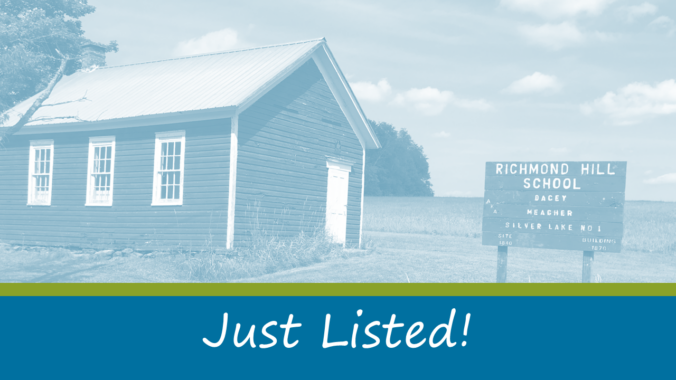Are you exploring the field of historic preservation, public history or archaeology and looking for some real-world experience? The Pennsylvania Historical and Museum Commission’s Keystone Internship Program provides opportunities to pursue your professional growth and contribute to sharing Pennsylvania’s rich heritage with the public.
We’d like to invite college and graduate school students interested in historic preservation, archaeology, community planning, cultural resources, architectural history, public history, and other related fields to apply for their summer 2026 internship.










Recent Comments